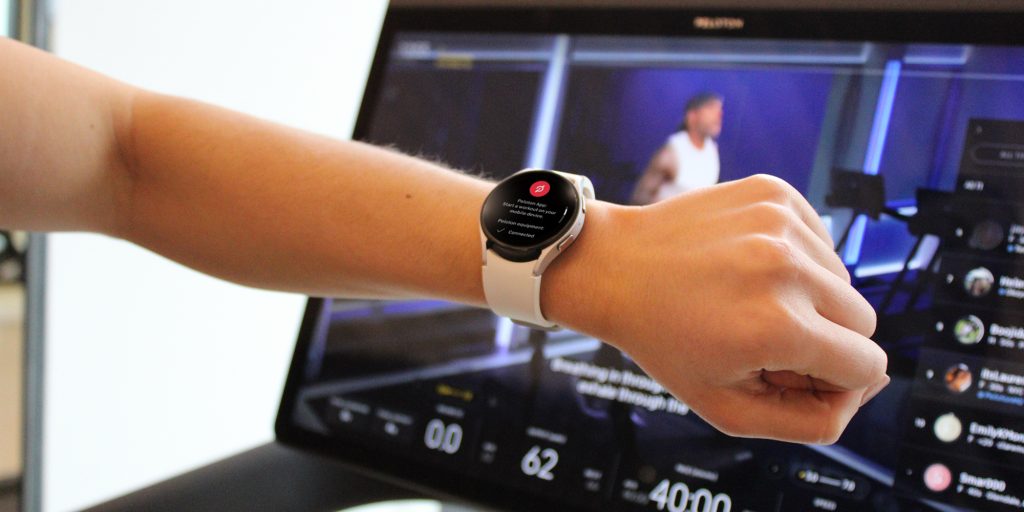
Google has an unfortunate reputation for killing products, and often it leads to an uproar from users. Sometimes, a dead Google product is just leading to a replacement, like the move from Google Play Music to YouTube Music. Other times, it’s a product that just doesn’t have all that many users. And other times, it’s just incredibly confusing and frustrating.
9to5Google has a rebooted newsletter that highlights the biggest Google stories with added commentary and other tidbits. Sign up here!
But lately, it seems that Google is getting at least a little better at ending products that have an impact. Most recently, that was shown by the death of Google’s Nest Secure and Dropcam products. Dropcam was the predecessor to Nest Cam and was launched roughly a decade ago. To this day, the product has been supported within the Nest app, but that’s finally coming to a close next April.
For those affected by the shutdown (who used a Dropcam within the last month), Google will hand out discounts on new hardware, with 50% off of a new Nest Cam (indoor, wired). For those who use Nest Aware, the cloud subscription for footage backup, a new Nest Cam is entirely free.
Meanwhile, with Nest Secure, Google is doing something similar. The company is shutting down that system in a year and offering those affected a free upgrade to the new ADT Self Start system that integrates deeply with Nest plus several months of free monitoring. Many have claimed this move isn’t a very good deal, pointing to ADT’s monitoring fees, but as we reported earlier this week, the system can be used without a subscription, just like Nest Secure.
And for those who don’t want to make the switch, Google is alternatively offering a $200 credit to be used on the Google Store for Nest devices.
While this somewhat backtracks Google’s promise of continued support for Nest Secure after its discontinuation, it’s honestly a pretty good outcome. Users get a potentially much better security system that works with an ecosystem of products that’s actively being developed instead of one that’s slowly being abandoned. As a Nest Secure owner myself, it’s an upgrade I’m actually looking forward to, and I’m pretty happy with Google’s “settlement” here.
Rewinding a few years, it doesn’t feel like Google would have offered a similar outcome for users. Thinking back just to when Nest Secure was originally discontinued – devices continued working, but accessories were no longer being produced and updates were no longer on the table – Google pulled the rug pretty abruptly and only promised the bare minimum of support.
Amicable outcomes are a practice we’ve seen from Google elsewhere, too. When the company pulled the plug on Stadia earlier this year, it did so only after spending months giving customers full refunds on their investments. It sucks to be without Stadia, and I still miss it, but Google deserves a lot of credit for doing the right thing with the closure.
Could it be better? Of course! Killing products is never without any downsides, but when you provide a way out that takes out the sting a bit, it goes a long way. Google will likely never just stop pulling the plug on products – it can’t, and it shouldn’t – but at the very least, it finally seems to be doing it the right way.
The real problem is that for every time Google seems to learn a lesson here, it also makes the same classic mistake. On Friday, we reported that Google silently cut off updates for all third-party Google Assistant smart displays, effectively killing those products. It’s a little crazy to watch, to see Google kill a product the right way, and then days later for it to do the exact opposite.
This Week’s Top Stories
Android app streaming is coming to Chromebooks
This week Google released “Cross-Device Services,” an app designed to further connect Android phones to ChromeOS devices. The feature doesn’t do much right now, but in the not too distant future it will allow Chromebook owners to stream the apps from their Android smartphone. Our Kyle Bradshaw went hands on with the feature ahead of its release.
Wear OS can now directly connect to Peloton
Launched this week, the Peloton app on Wear OS can now connect directly to most Peloton products. That includes the Peloton Bike, Tread, Row, and Guide. The integration was originally announced primarily for Samsung’s Galaxy Watch, but it actually works on any Wear OS device.

Google Home app improves smart home device controls
Alongside its new UI, the Google Home app is working to improve controls on certain smart home devices. This includes the ability to stream live feeds from cameras from more brands, such as Wyze, Reolink, TP-Link, and more. Further, Google is also introducing expanded controls for smart home devices such as appliances, blinds, and more.
Other Top Stories
- Google Pixel Tablet arrives at FCC, revealing UWB connectivity
- Pixel 7a rumors: Everything we currently know about the mid-ranger [Video]
- Samsung discontinues updates for Galaxy S10 series and more
- Are cheap Pixel Watch bands actually worth it? [Poll]
- How to install and use Android’s Nearby Share on your Windows PC
- Hands on: SwitchBot Hub 2 adds temperature and SwitchBot gear to Google Home thanks to Matter
- Motorola’s Moto G Power 5G is the newest arrival in the company’s budget lineup
- Samsung Galaxy Tab S9+ leaks in new renders [Gallery]
- The Google Now Launcher is fully shutting down 10 years later
From the rest of 9to5
- 9to5Mac: Apple’s Weather app is having a bad week; here are the best alternatives
- 9to5Toys: Belkin’s refreshed MagSafe Power Bank delights with new spring-ready styles
- Electrek: Tesla (TSLA) slashes prices across all its electric vehicles again
- Connect The Watts: WHOOP’s new Stress Monitor – everything you need to know!
FTC: We use income earning auto affiliate links. More.




Comments